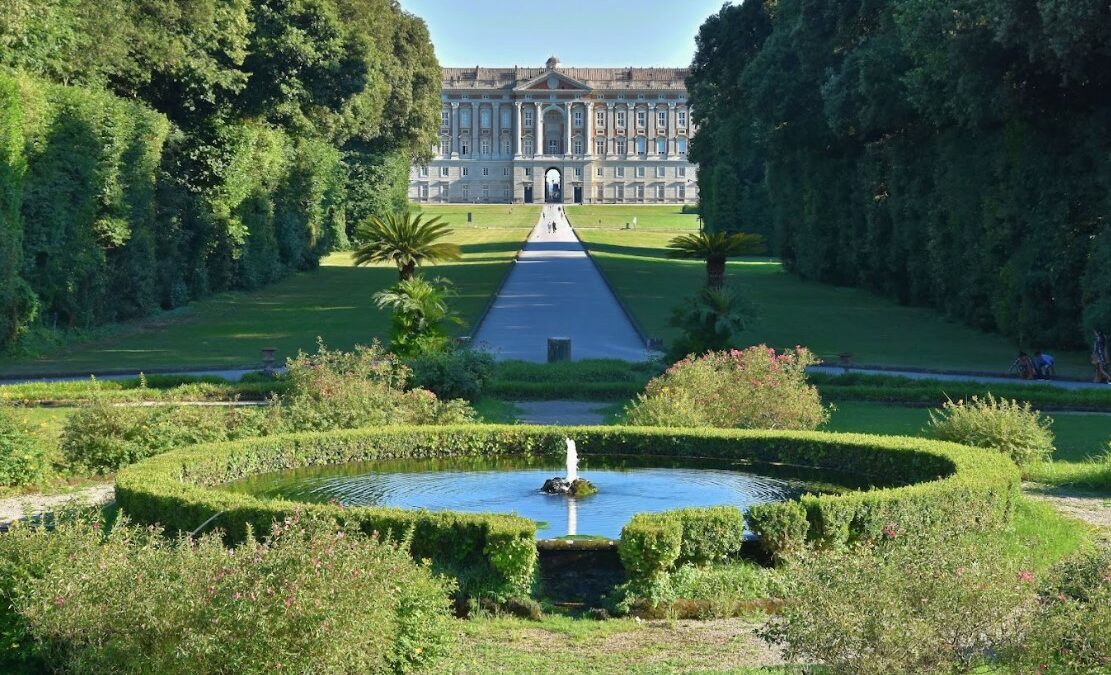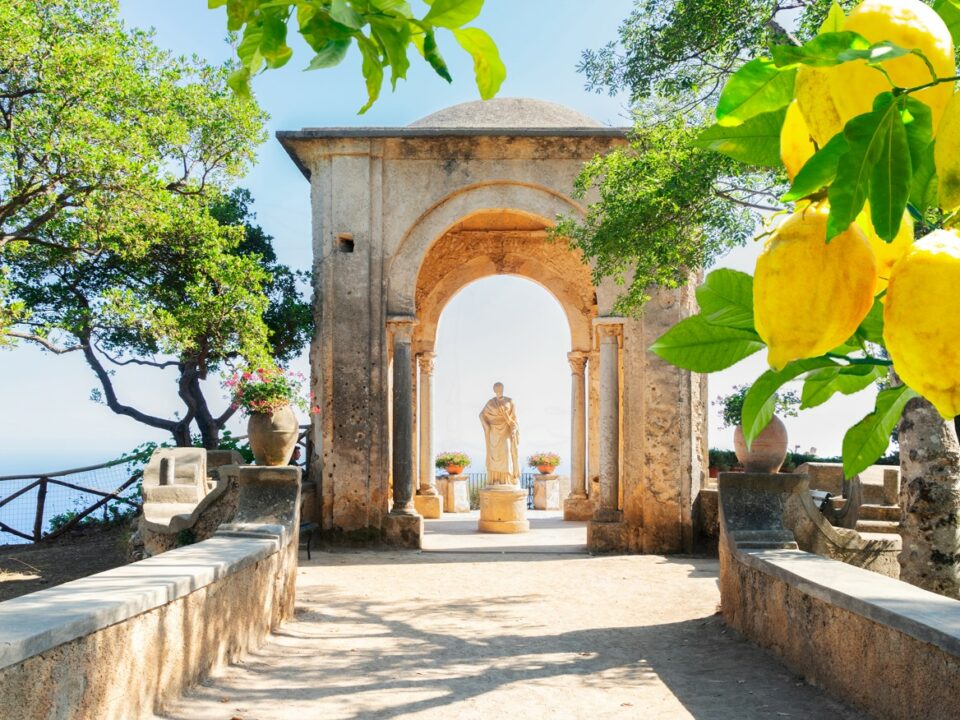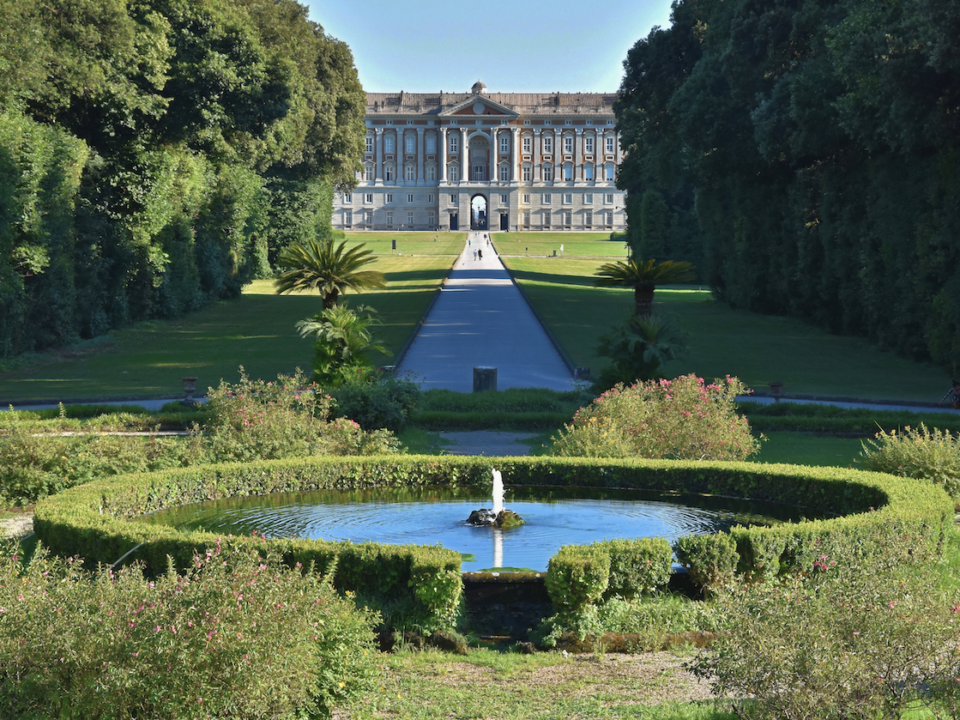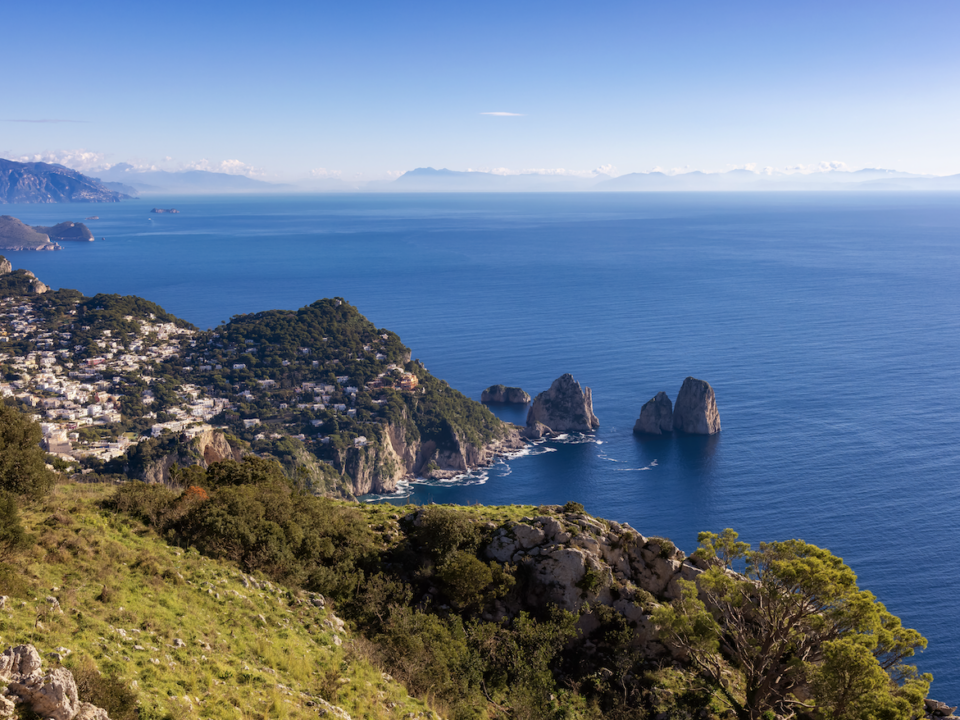
From the Eternal City to the Bay of Naples: Discovering Sorrento’s Timeless Charm
16 January 2025
The Best Hidden Beaches to Discover on Your Way to Positano
23 January 2025A Journey Through History: The Royal Palace of Caserta on the Way to Positano
Traveling from Rome to Positano is more than just a journey between two destinations; it is a passage through Italy’s history, culture, and breathtaking landscapes. As you move from the grandeur of the Eternal City to the serene charm of the Amalfi Coast, the contrast between urban splendor and coastal tranquility becomes evident. Along the way, one of the most extraordinary landmarks worth admiring is the Royal Palace of Caserta, a UNESCO World Heritage Site that stands as a testament to Italian Baroque architecture and the artistic vision of the Bourbon dynasty.
For those seeking a comfortable and stress-free transfer, Sorrento Limo provides a private car service from Rome to Positano, offering direct pick-up from Fiumicino Airport, Ciampino Airport, or any hotel in the city center. This allows travelers to enjoy the changing scenery without the stress of navigating the roads, ensuring a seamless transition from the historical magnificence of Rome to the picturesque beauty of Positano.
The Royal Palace of Caserta: A Testament to Grandeur
The Royal Palace of Caserta, often compared to the grandeur of Versailles, is one of the most spectacular royal residences in Europe. Commissioned in the 18th century by Charles VII of Naples, the palace was intended to be a symbol of power and prestige, reflecting the ambitions of the Bourbon kings. Designed by the renowned architect Luigi Vanvitelli, the palace is an architectural masterpiece that seamlessly blends Neapolitan, Roman, and French influences, creating a structure of unparalleled elegance.
With 1,200 rooms, the palace’s vast interior is adorned with elaborate frescoes, gilded details, and intricate stuccos, each room telling a story of the wealth and artistry of its era. The Grand Staircase, with its soaring columns and elegant symmetry, leads visitors into a world of regal splendor, while the Throne Room and Palatine Chapel offer glimpses into the ceremonial life of the Bourbon court. Every hall, corridor, and chamber exudes the magnificence of Italy’s royal past, making a visit to Caserta an unforgettable experience.
Beyond its interiors, the palace gardens stretch across 120 hectares, offering a tranquil retreat filled with ornate fountains, mythological statues, and cascading waterfalls. Inspired by the great European garden traditions, the Royal Park features an extraordinary blend of Italian, French, and English landscaping styles, with highlights such as the Fountain of Diana and Actaeon and the grand Waterfalls of Caserta. Strolling through these expansive grounds allows visitors to immerse themselves in a setting where nature and art coexist in perfect harmony.
Why Stop at Caserta During Your Journey?
Including the Royal Palace of Caserta in your travel itinerary is more than just a way to break up the journey—it is an opportunity to connect with a rich historical and artistic legacy. Instead of simply passing through southern Italy, taking time to visit Caserta allows travelers to step into the world of Italian royalty, experiencing firsthand the architectural brilliance and opulent lifestyle of the Bourbon dynasty.
A visit to Caserta means walking through some of the most impressive interiors ever built, marveling at the details that make this palace one of Italy’s most significant cultural landmarks. The grand halls, intricate frescoes, and regal staircases transport visitors back in time, offering a rare glimpse into 18th-century aristocratic life. Exploring the vast gardens, with their hidden pathways, elegant fountains, and mythological sculptures, provides a peaceful contrast to the structured grandeur of the palace, making the visit a balanced experience of history, art, and nature.
For those interested in Italian history, Caserta serves as a monument to the power struggles, artistic achievements, and cultural influences that shaped the country. The palace was a center of Bourbon rule, designed to be the heart of a new capital that never fully materialized. It later played a role in Italy’s unification and even World War II, adding layers of historical significance to its already impressive story.
How to Make the Most of Your Visit
Planning a visit to Caserta during your journey from Rome to Positano requires some preparation to ensure a smooth and enriching experience. Given the palace’s vast size and intricate details, setting aside the right amount of time is crucial. A well-paced visit typically takes around two to three hours, allowing ample opportunity to admire both the palace’s interiors and its extensive gardens without feeling rushed.
Visitors who want to deepen their understanding of the palace’s history can consider joining a guided tour, which provides insightful commentary on the architectural innovations, royal traditions, and artistic movements that shaped the Reggia di Caserta. Checking the official opening hours in advance is also recommended, as the site occasionally adjusts its schedule for special events or restoration work.
To fully appreciate Caserta’s beauty, a visit during the early morning or late afternoon is ideal, as the lighting enhances the frescoed ceilings, gilded decorations, and marble sculptures. Walking through the gardens during these hours also provides a more serene atmosphere, allowing visitors to enjoy the landscape without large crowds.
From Regal Opulence to Coastal Serenity
After departing from Caserta, the journey towards Positano brings an entirely different kind of beauty. As the road winds southward, the landscape transforms dramatically—the structured grandeur of the palace gives way to the rolling hills of Campania, which in turn open up to the dramatic cliffs of the Amalfi Coast. The contrast between the architectural mastery of Caserta and the raw, untamed beauty of the coastline makes this journey one of the most visually striking in Italy.
As travelers approach Positano, the view becomes nothing short of breathtaking. The winding roads, steep hillsides, and sweeping sea views create a cinematic experience, revealing a town that seems to rise from the rocks like a cascade of colorful facades and hidden alleyways. The final descent into Positano is a sensory masterpiece, where the scent of citrus groves mingles with the salty sea breeze, welcoming visitors into one of Italy’s most enchanting coastal retreats.
By the time travelers arrive, they have already experienced a journey filled with cultural heritage, architectural splendor, and natural beauty—a true reflection of Italy’s diverse and timeless appeal.




